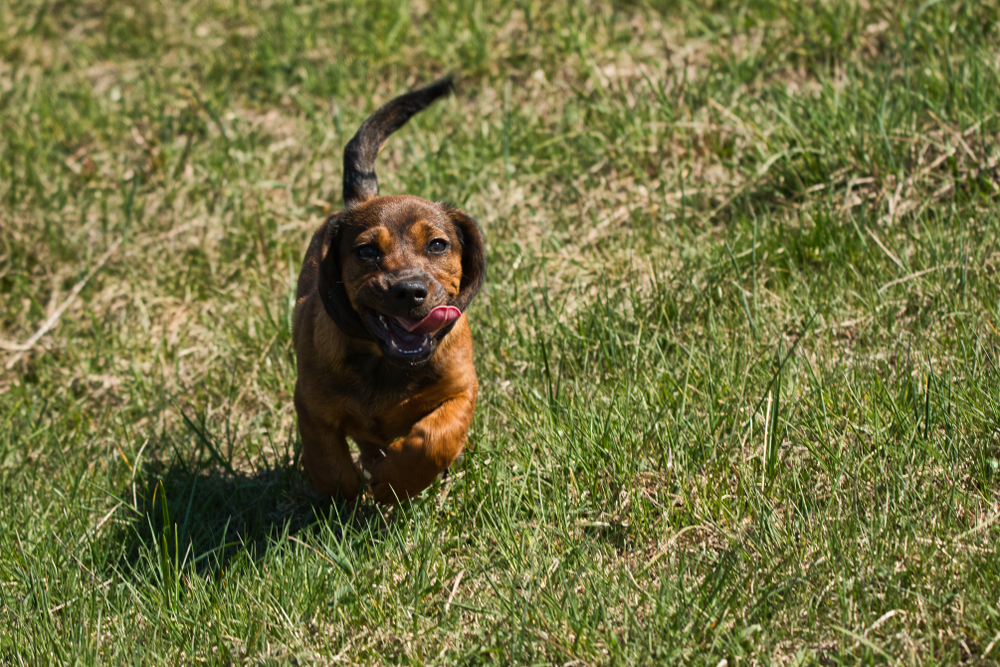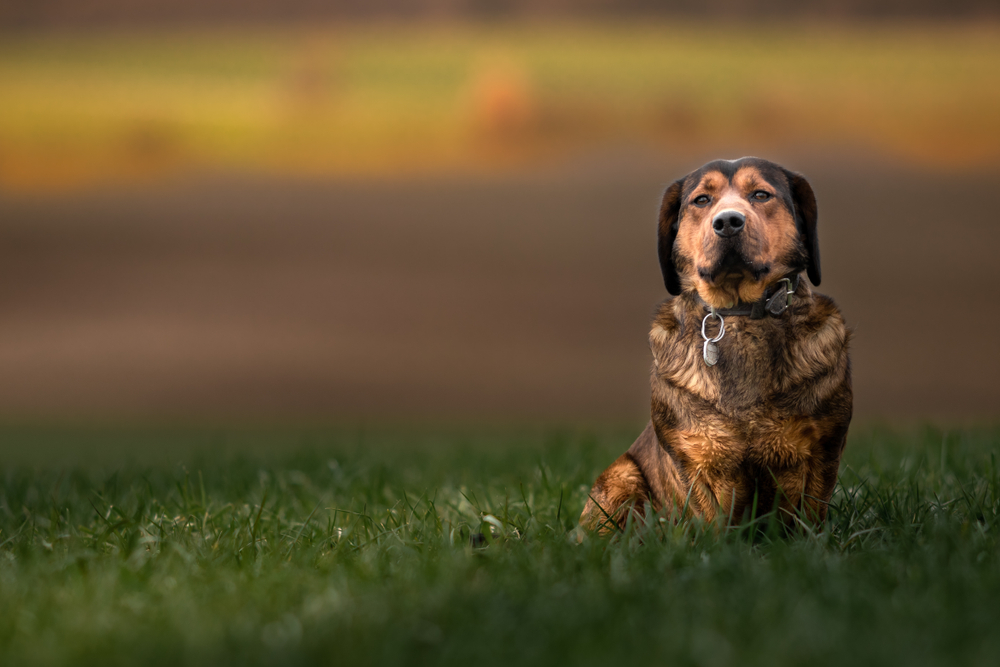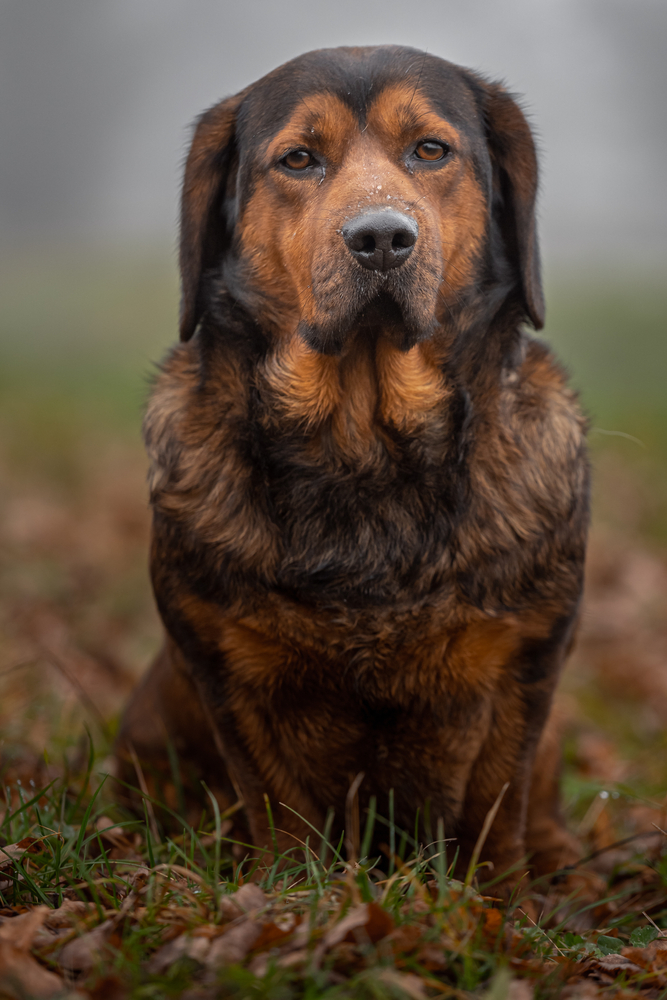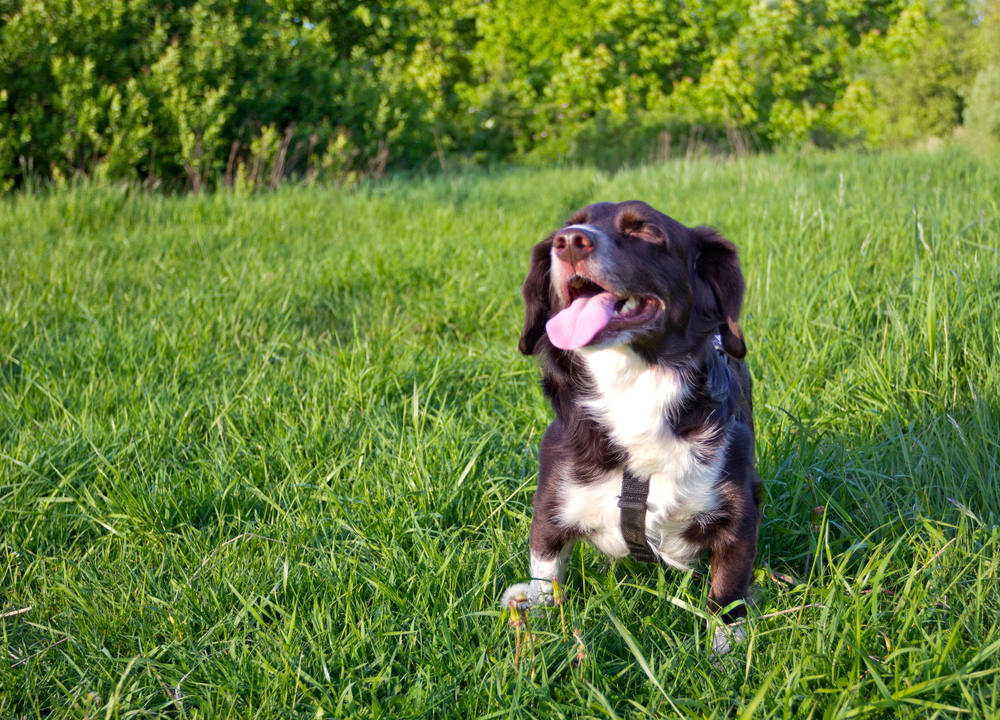Understanding the Prey Drive and Instincts of Alpine Dachsbracke
Welcome to our comprehensive guide on understanding the prey drive and instincts of the Alpine Dachsbracke! In this article, we will delve into the fascinating world of this unique dog breed, exploring their history, characteristics, and the instinctive behaviors that make them exceptional hunters. Whether you are a proud owner of an Alpine Dachsbracke or considering bringing one into your family, this article will provide you with valuable insights into their nature and how to best cater to their natural instincts.

The Origins of Alpine Dachsbracke
The Alpine Dachsbracke, often referred to simply as “Dachsbracke,” is a small breed of scent hound originally developed in Austria. Their origins can be traced back to the 19th century when they were selectively bred for their exceptional hunting abilities, especially in tracking and trailing game through challenging terrain. Their name “Dachsbracke” translates to “badger dog” in German, reflecting their purpose as skilled hunters of badgers and other small game.


Physical Characteristics
The Alpine Dachsbracke is a sturdy and compact dog, with well-proportioned features that enhance their hunting prowess. They typically stand at about 13 to 16 inches at the shoulder and weigh between 30 to 40 pounds. Their short, dense coat comes in various color combinations, usually including a base of red or black with tan markings on the face, chest, and legs.
The breed’s elongated body, muscular build, and strong legs contribute to their agility and ability to navigate rugged terrains with ease. Their keen sense of smell, thanks to their well-developed nose, plays a crucial role in their hunting capabilities, allowing them to pick up scents from considerable distances.
The Prey Drive: Understanding the Instinct
The prey drive is an inherent instinct found in most hunting dogs, and the Alpine Dachsbracke is no exception. This instinct can be traced back to their ancestry as hunting dogs, where they were bred to track, chase, and capture prey. The prey drive is a combination of natural instincts and behaviors that aid these dogs in their hunting activities.
One of the primary components of the prey drive is the dog’s desire to pursue and chase moving objects. In the case of the Alpine Dachsbracke, this includes everything from small animals like rabbits and squirrels to larger game like deer. When they detect a scent, their instincts kick in, and they become highly focused on the pursuit, displaying immense determination and persistence.

Nurturing the Prey Drive
While the prey drive is a natural and crucial aspect of the Alpine Dachsbracke’s nature, it is essential for owners to understand and manage it properly. Failing to address this instinct appropriately can lead to behavioral issues, especially if the dog feels frustrated or unable to fulfill their hunting desires.
One way to nurture the prey drive is through structured and controlled play. Engaging the dog in games that mimic hunting scenarios, such as using scent trails or hiding toys for them to find, can provide a healthy outlet for their instincts. This type of mental and physical stimulation can keep them content and prevent them from seeking out potentially harmful or undesirable outlets for their prey drive.
Training the Alpine Dachsbracke
Effective training is paramount when it comes to living harmoniously with an Alpine Dachsbracke. As intelligent dogs, they respond well to positive reinforcement methods and consistency. Early socialization is crucial, as it helps them develop good manners and interact positively with other animals and people.
To manage their prey drive, teaching reliable recall and obedience commands is essential. This ensures that they can be safely called back to their owner’s side, even when they are focused on tracking a scent. Positive reinforcement-based recall training helps build a strong bond between the dog and its owner, making them more receptive to commands even in the presence of distractions.


Exercise and Mental Stimulation
Alpine Dachsbrackes are active dogs that require regular exercise and mental stimulation to thrive. A tired dog is generally a well-behaved dog, and this holds especially true for breeds with a strong prey drive. Engaging them in daily walks, play sessions, and puzzle toys can help satisfy their need for physical and mental challenges.
Understanding the Prey Drive and Instincts of Alpine Dachsbracke
Understanding the prey drive and instincts of the Alpine Dachsbracke is crucial for any owner or enthusiast of this remarkable breed. By comprehending their history, characteristics, and innate behaviors, we can provide them with the environment and training they need to flourish as happy and fulfilled companions.
Remember, responsible ownership entails embracing their natural instincts while also ensuring they are managed appropriately to avoid any potential issues. Embrace the prey drive, nurture it wisely, and embark on a wonderful journey with your Alpine Dachsbracke!
